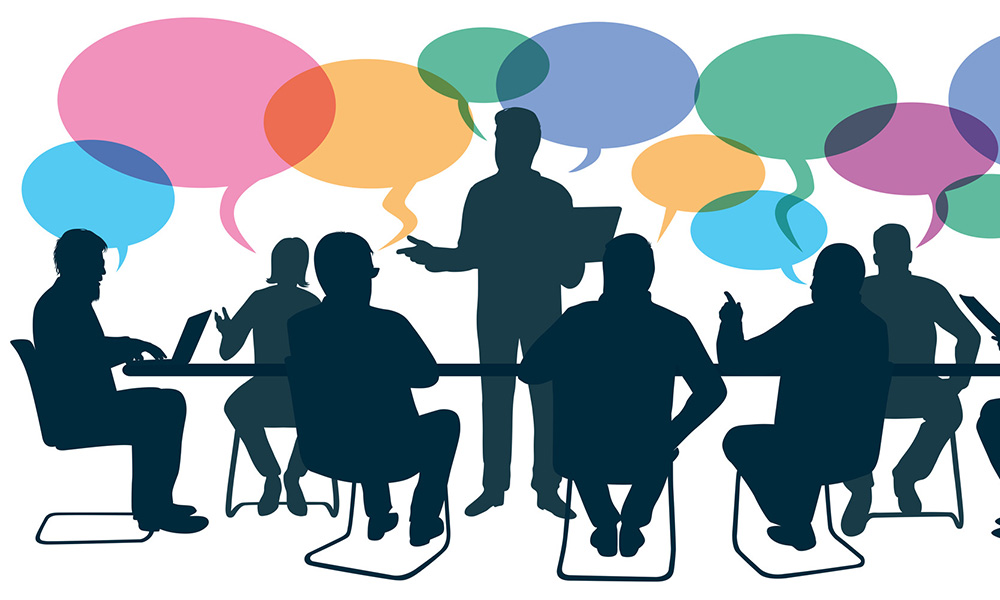“The most exciting breakthroughs of the twenty-first century will not occur because of technology, but because of an expanding concept of what it means to be human”. John Naisbitt
What does it mean to lead with dignity? Does it mean wearing well-tailored clothes, speaking with gravitas or walking with a carefully measured step? Too often, the outer trappings shape our understanding of what it means to be a dignified leader.
True dignity, however, lies in mindset and behaviour. It involves recognising the inherent worth of people and treating them in a way that shows them they matter. This is my main takeaway from the insightful book I just finished reading – Leading with Dignity by Dr. Donna Hicks.
An associate at the Weatherhead Center for International Affairs at Harvard University, the author offers a fresh perspective on dignity as a vital part of leadership and organisational culture. For 25 years, Hicks worked in international conflict resolution – a role that took her to some of the most conflict-prone areas in the world, from Northern Ireland to Syria. Later, as a corporate consultant, she found that many of the lessons learned in global diplomacy could also be applied in the management arena. From warzones to workplaces, the same root cause lay at the centre of most conflicts – unaddressed violations of dignity.
In a conversation with leadership expert Skip Prichard, Hicks shares that although the desire for it is universal, dignity remains a poorly understood concept:
When I speak with people about dignity, they all agree that it is important, but most do not understand what it is, or what it looks like to treat people with dignity. We have a collective ignorance about all matters related to dignity. Because of the ignorance, even good people with good intentions can violate others without knowing it.
Drawing on a wealth of research, interviews and real-life case studies, Hicks sets out to demystify the notion of dignity. In her book, she highlights three components of leadership dignity:
- what one must know in order to honour dignity and avoid violating it
- what one must do to lead with dignity
- how one can create a culture of dignity in any organisation
Leading with dignity can be transformative. It cuts through toxicity and distrust, and creates a pathway for team members to thrive and deliver their best work. So, this week, my message focuses on how leaders can honour the dignity of their employees. Why is it important for us to make dignity part and parcel of corporate culture?
Leading with dignity means being more aware of our effect on others, listening to people, taking their concerns seriously and empowering them to speak up without fear.
Defining dignity
Dignity is the starting point of how we treat each other. It is about valuing people as human beings, regardless of their position. Leading with dignity means being more aware of our effect on others, listening to people, taking their concerns seriously and empowering them to speak up without fear.
While ‘dignity’ and ‘respect’ are often used interchangeably, Hicks makes a distinction between the two. Dignity, she says, is inborn – it refers to our inherent value and worth. People don’t have to do or accomplish anything to have dignity. All human beings deserve to be treated with dignity. It should be the baseline of our interactions.
Respect, on the other hand, is something that needs to be earned according to Hicks. When people act in a way that deserves admiration, then they win our respect and become our role models.
The impact of dignity-violating behaviours
When leaders fail to honour dignity at the workplace, it sets off a vicious cycle. In an interview with SAP, Hicks describes the fallout:
When people feel like they’re being treated as if they’re worthless, they have a strong negative reaction. They focus on looking better instead of doing better. They react to feedback like it’s a threat. They do the bare minimum and cast blame for mistakes. They look for ways to boost themselves at others’ expense.
As employees lose morale and become disengaged, their performance suffers. Managers attribute this decline to a wilful lack of cooperation or “being difficult”, which can lead them to treat team members even more poorly. The downward spiral continues, making the atmosphere increasingly unproductive and, eventually, toxic.
Signs of a dignity problem
There are two red flags that indicate when a team or an organisation has a serious dignity problem:
- constant conflict and frequent flare-ups
- a flourishing gossip network
The second point might surprise you. After all, what does gossip have to do with dignity? As Hicks explains, gossip is a popular weapon for revenge in hierarchical work-cultures that don’t allow open, honest communication. When employees have their dignity violated but lack the freedom to address the issue directly with the perpetrator, they take revenge by badmouthing the person – the easiest, safest way to get even without confrontation.
The above patterns are seen when an organisation is struggling with some or all elements of dignity. In the interview mentioned above, Hicks elaborates on the possible issues:
[The organisation] might treat some people differently simply because of who they are. It might be bad at giving credit where credit is due or keeping all relevant people in the loop. Everyone might be wondering who’s next to get called on the carpet or feeling like they have no control over their work. Managers could be playing favorites or refusing to give people the benefit of the doubt.
Dignity consciousness
Becoming aware of the universal yearning for dignity and the huge role this plays in our lives and relationships can help us cultivate what Hicks calls ‘dignity consciousness’. When this awareness spreads across teams and organisations, it enables strong relationships and a healthy work environment. Hicks writes in her book:
Dignity can be summed up in the following way: it is about connection, connection, and connection (the “three Cs”). “Knowing dignity” or “dignity consciousness” means that we are connected to our own dignity (the first C), the dignity of others (the second C), and the dignity of something greater than ourselves (the third C).
It’s up to leaders to role-model behaviours that honour the dignity of others. And this needs to be a two-way street. For example, a leader must be able to give feedback in a way that acknowledges the dignity of their team members. At the same time, they must also be willing to receive feedback from employees and have their views challenged. For managers with a naturally authoritarian style, this transition can be tough and might take time – but it’s certainly worth the effort.
Autonomy lays the foundation
In the HBR piece mentioned above, Valcour highlights autonomy as an essential component of dignity at the workplace:
Leaders who undermine employee autonomy are corrosive because they undermine the dignity of work. This is a serious issue, because dignity is fundamental to well-being and to human and organizational thriving. And since many of us spend the majority of our waking hours at work, work is a major source of dignity in our lives.
Granting autonomy is a declaration of trust. It tells your team members that you recognise their capabilities and contributions. The freedom to make meaningful also fosters a sense of ownership among employees, leading to better performance. (Last week, I wrote in greater detail about how you can empower your team by creating autonomy – you can read the post here.)
Vulnerability enables dignity
In order to bring dignity to workplace relationships, leaders must learn to be vulnerable. For instance, if a manager makes a mistake or treats a team member badly, their instinctive reaction is to save face by covering it up or blaming someone else. By doing so, however, they violate their own dignity as well as the dignity of their team member. Instead, leaders must learn the ability to admit their mistakes and take responsibility for their actions. Only then can they expect their team members to do the same.
Ten elements of dignity
Based on her research, Hicks suggests ten ways for leaders to honour dignity – in ourselves as well as in others:
- Acceptance of identity – Approach people as being neither inferior nor superior to you; give others the freedom to express their authentic selves without fear of being negatively judged; interact without prejudice or bias
- Recognition – Validate others for their talents, hard work, thoughtfulness, and help; be generous with praise; give credit to others for their contributions, ideas, and experience
- Safety – Put people at ease at two levels: physically, so they feel free from the possibility of bodily harm, and psychologically, so they feel free from concern about being shamed or humiliated and free to speak up without retribution.
- Acknowledgment – Give people your full attention by listening, hearing, validating, and responding to their concerns
- Fairness – treat people justly and in an even-handed way
- Inclusion – make people feel a sense of belonging
- Understanding – Believe that what others think matters; give them the chance to explain their perspectives and express their points of view; actively listen in order to understand them.
- Independence – Empower people to act on their own behalf so that they feel in control of their lives and experience a sense of hope and possibility.
- Benefit of the doubt – treat people as if they are trustworthy
- Accountability – take responsibility for your actions, apologize if you have violated another person’s dignity
Great leadership flows from the understanding that everyone deserves to be treated in a way that recognises their inherent worth and value. Ultimately, practicing behaviours that honour the dignity in others doesn’t just help us become more effective leaders but also better human beings.








Comments